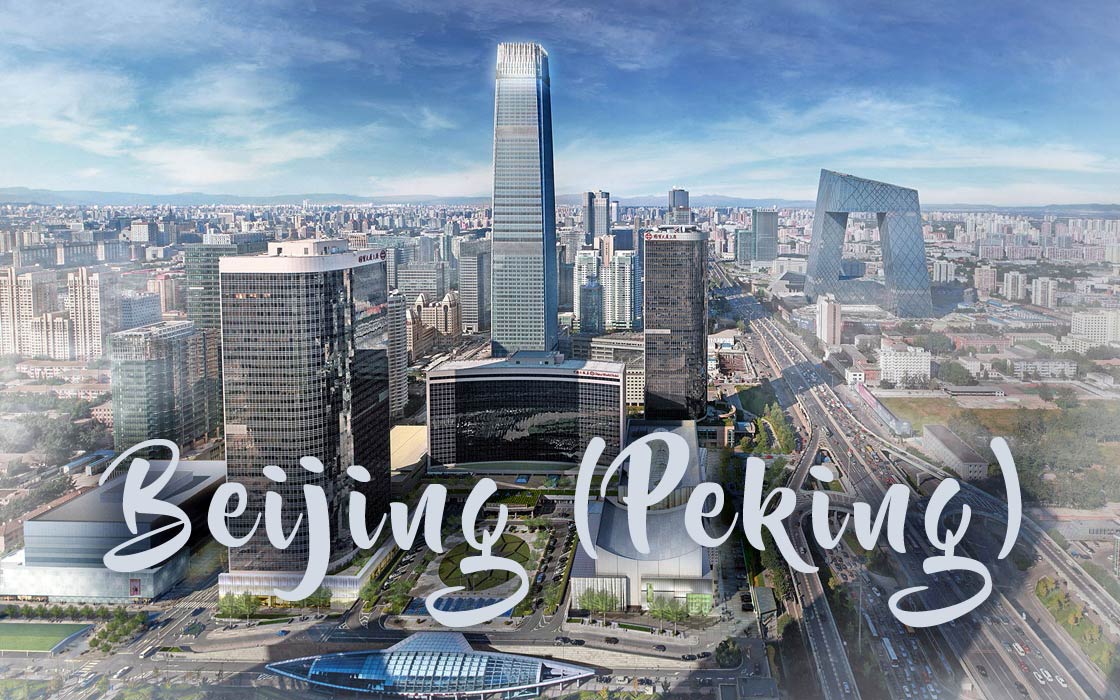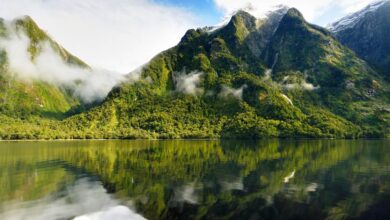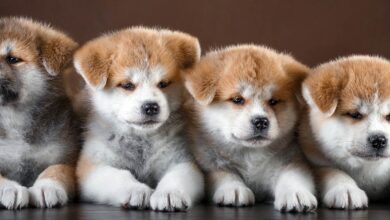Beijing – one of the largest capitals in the world
Although the city is associated primarily with modernity, global economy and trade, it is worth remembering that this Asian capital is over 3000 years old, which is as old as some European large cities, such as London. In addition to high skyscrapers and a multitude of bicycle paths (in this respect Beijing even beats Amsterdam, which is considered a mecca for cyclists), we can find here monuments on a global scale, such as the remains of the Great Wall of China or the imperial complex called the Forbidden City.
Life went on in Beijing more than 700,000 years ago! The evidence for this are found fossils of human skeletons of the species Homo erectus. Beijing has been the capital of China (and the second largest city after Shanghai) for over 700 years, and has repeatedly changed the names that were to distinguish it from other important centers in China.
If someone wants to see and experience the clash of modernity and the fast pace of life with the history of ancient times and its beautiful monuments, Beijing is the perfect place. We will have the opportunity to admire as many as 7 monuments that are on the UNESCO World Heritage List.
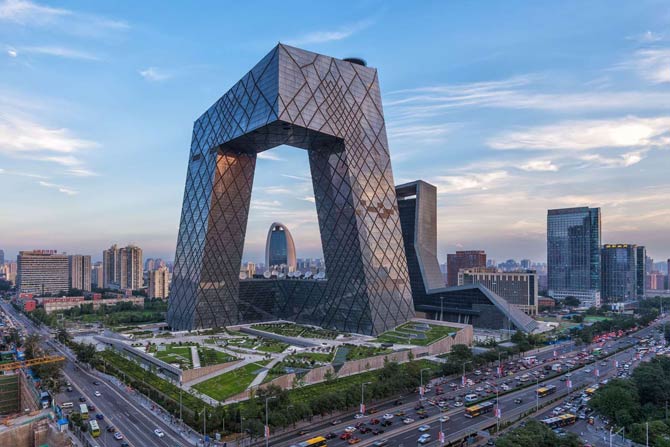
A city on a large scale
Beijing is the capital of China, and more specifically the People’s Republic of China. The country itself is really powerful, both in terms of area and – above all – number of inhabitants. Beijing is home to a large percentage of all the people of the People’s Republic of China, and the city itself is on the list of the 3 most populous in the world (and when it comes to the capitals themselves – it ranks at the top).
This is one of the reasons, why Beijing has such an extensive network of bicycle paths, which both local residents and tourists eagerly use to avoid traffic jams. In Beijing, we will not only easily visit the entire city on two wheels, but also find a convenient place to park. In this respect, Beijing has been surpassing even Amsterdam for some time.
Beijing is divided into as many as 16 districts. Most of them are urban, but they are also suburban and even – at the largest fringes – rural. Of course, the most important for tourists is the vicinity of the city center, where the most monuments are located and where life is vibrant 24 hours a day. In order to serve so many people willing to visit the city, Beijing has as many as 3 airports, one of which is the second largest airport in the world. The most important political, economic, business, diplomatic and cultural centers are also located here. Impressive – and extremely overloaded – is also the metro network.
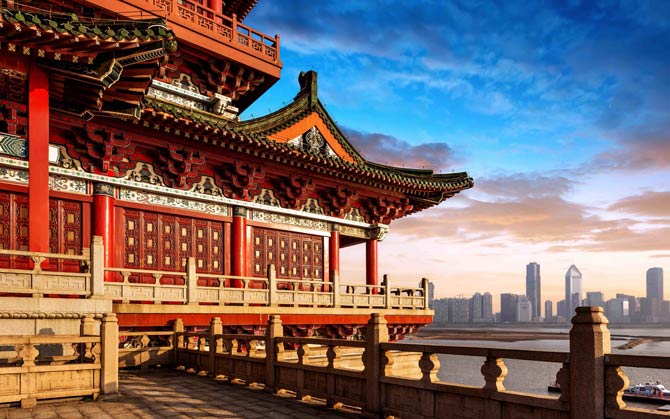
Northern capital
The name Beijing, used almost on a par with Peking today, includes the word “capital” in its structure. This is a very popular practice when it comes to naming major cities in Asia, especially East. As a result, the name of the capital city is immediately associated with the city’s rank for the local population. It’s also a tradition. It is similar with the capitals of Japan or South Korea.
Even if the capitals changed over the years and they were transferred to another city, the element denoting the rank of such a place remained in the nomenclature for centuries. Therefore, Beijing means the Northern Capital (as opposed to the former capital of China – Nanjing – meaning the Southern Capital). Beijing had other names as well, depending on the dynasty of the past, it was also baptized by the Mongols in their own way.
The presumptive date of the city’s founding is in the mid-11th century. The city has an area of more than 16,000 square kilometers, has 16 administrative districts and as many as 152 municipal districts.
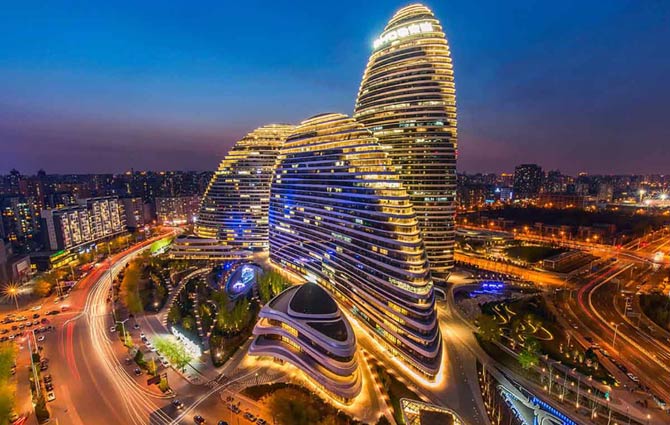
Geographic location
Beijing is located in both Northeast China and Asia. Although it is not high here, a large part of the capital is covered by picturesque hills stretching to the north and west. When you look at the map, over Beijing, that is, in the north, there are the Yan Shan Mountains – a kind of border for the Chinese Plain. It is a low range with an average of 700 – 1,000 meters (2,297 – 3,281 ft) above sea level. What distinguishes them are the numerous passes that converge in Beijing, which was and still is of great importance in terms of transport, trade and tourism. On the other hand, the city’s closing arch from the west are the Jundu hills.
The city lies in what geologists like to call the Bay of Beijing, which in turn is part of the important points at the junction of the China Plain, the Taihang Shan Mountains and the Huang He River Valley. There are several large rivers around the capital, but none of them flows through the city. The reservoirs, however, provide freshwater supplies for the entire metropolis. The nearest sea – the Yellow Sea, more specifically Bohai Bay – is 110 kilometers (68 mi) in a straight line in a north-west direction. A capital city lying at a similar latitude to Beijing is, for example, Ankara in Turkey.

Climate
Beijing has a continental climate, so there are very large temperature differences. A feature of the continental climate is heat in the summer (in the case of Beijing above 40 degrees Celsius) and frost in the winter (there are temperatures reaching almost minus 20℃ (68℉)). However, it is also a monsoon subtype, meaning it is much wetter than the usual continental climate. This also makes it a little warmer in winter. The mountains to the north are also a natural boundary for the Arctic air masses from Siberia.
Beijing’s winter is long, relatively cold (temperatures drop significantly below zero degrees Celsius, although it rarely happens to be colder than minus 12℃ (54℉)) and it comes around October. With March, a short spring is coming, and then a hot and humid summer begins. The hottest and rainiest is July, when most tourists go on vacation. A better option is to plan your vacation in August or even September – it will be cooler and a bit looser.
Beijing has a capricious climate and it may happen that we come across a period when there is little rainfall. Another time, a rain of many days will come at the same time. If, on the other hand, we are going to the capital in the spring time, it is worth remembering that not only is it windy here, but there are also dust storms that come to Beijing from over Mongolia. Even when there are no dust storms, Beijing’s air is of rather poor quality, especially during dry summers when the smog forms a thick, toxic layer over the capital. All because of very intense traffic and industry.
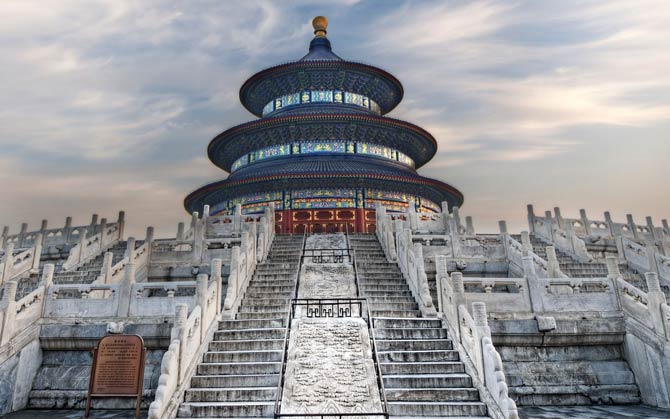
The greatest attractions
Forbidden City
The biggest, most spectacular and therefore popular tourist attraction is the Forbidden City. It is a gigantic palace complex that was built in the 15th century at the behest of the Ming Dynasty Emperor, who moved the capital to Beijing and needed an appropriate architectural splendor there.
A complex of 32 hectares has been built, everything shines in golden and purple colors, and the number of buildings is impressive. It is 980 buildings and 9,000 rooms, including beautiful temples. The Forbidden City is surrounded by a moat (52 meters wide (171 ft), 6 meters (20 ft) deep) and a wall (8 meters (26 ft) high). The buildings were built on a north-south line according to special energy flow rules. In the past, entry was forbidden here, then a museum was created, the buildings destroyed during the Japanese invasion were restored and in 1965 the whole thing was made available to tourists.
Great Wall of China
One of the sections of the Great Wall of China is also accessible from Beijing. This is an attraction that has always been a big hit.. It used to be a rampart to protect against alien and hostile tribes, now it is one of the greatest tourist attractions in the world. Of the former 7,600 kilometers (4,722 mi), 2,400 km (1,491 mi) have survived. The wall also has numerous branches and is beautifully located on hills up to 1000 meters above sea level. In Beijing, we can visit the Wall from a place called Badaling (about an hour from the capital) and Mutianyu (two hours away, but definitely worth it, because there are less crowds, but more real fragments of the Wall that are not a replica).
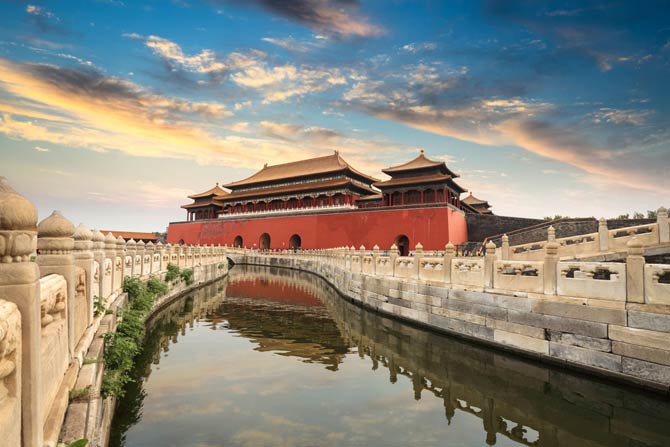
Summer Palace
The Summer Palace is another attraction not to be missed. As the name suggests, it was the summer residence of emperors, who rested from the heat and noise. In fact, it is the entire garden and palace complex, where we can find lakes, hills, pavilions, galleries and, of course, palace interiors. Everything sparkles with thousands of colors. The palace began to be built in the 18th century, it was added and restored after numerous invasions. What we see today does not have much in common with the original buildings. However, it is definitely worth watching it and booking a whole day for this trip, because there is a lot to see.
Other attractions
While in Beijing, it is also worth visiting Tian’anmen Square, the Imperial Academy, Astronomical Observatory, numerous temples (including Hindu) and museums, as well as numerous parks (Beihai, Jingshan and Daguanyuan) and the Zoological Garden.
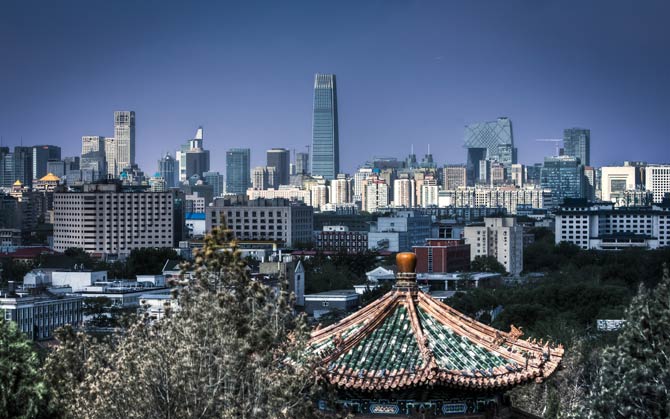
Detailed data
Beijing in numbers
- The city has an area of over 16,410 km2 (6,336 sq mi)
- Beijing has a population of nearly 21,893,000
- The city consists of 16 administrative districts and 152 city districts
- The first peoples lived here already 700,000 years ago
- Beijing has been the capital of China for over 700 years
- The average temperature is 15℃ (59℉)
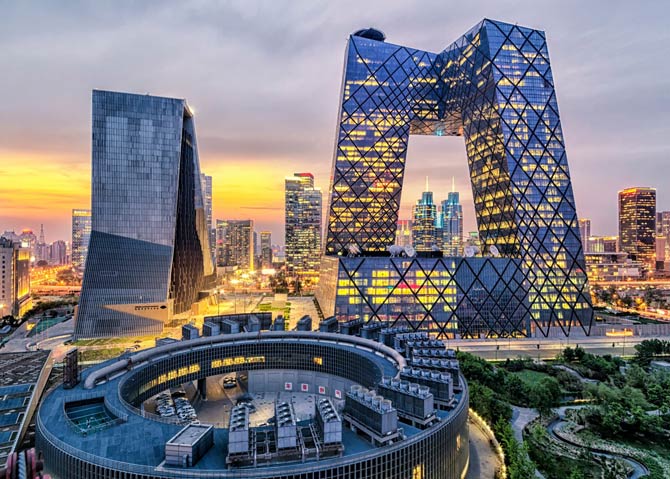
Beijing – interesting facts
- About 100 kilometers from Beijing is the Gobi Desert and it is hard for the locals to forget it. In autumn, when strong winds blow, a lot of sand is blown over the city. There are also sandstorms.
- In Beijing, you have to be able to get your way, whether it is cramming into the subway, queuing for a ticket or haggling while shopping.
- In the Chinese capital, everything smells sweet and has a sweet aftertaste. This applies to bread, dairy products and cosmetics. Better prepare for it.
- Beijing is the city that has hosted two Olympics: the XXIX Summer Olympics in 2008 and the XXIV Winter Olympics in 2022.


